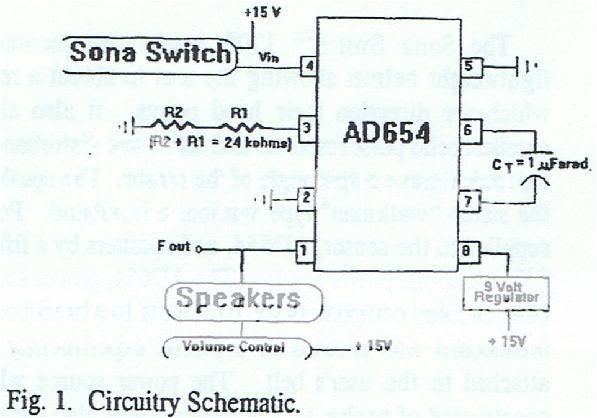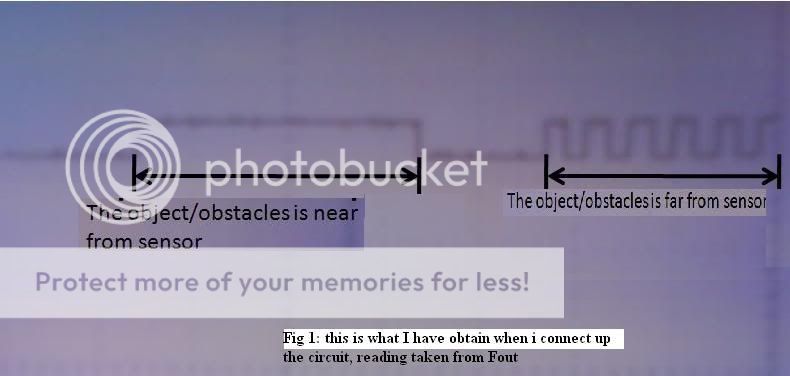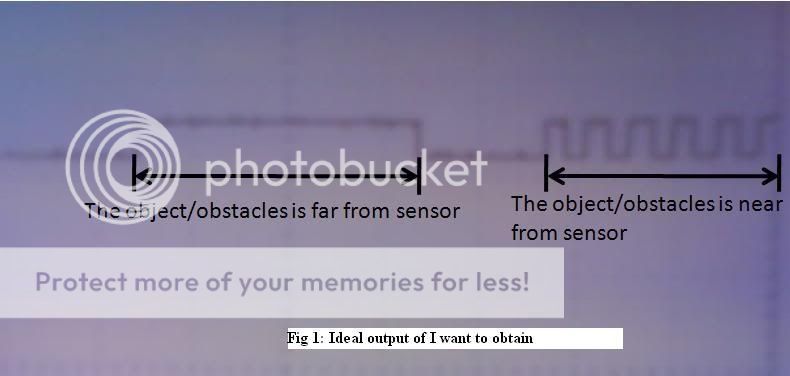NicholasTok
Member level 1
I would need help on converting high frequency to low frequency and vise versa.
Currently I am doing a project on sensor, below is the schematic diagram. From my reading from Fout using the oscilloscope, the nearer an objects/obstacles the frequency increase and vise versa. May know what I should do/use to convert the high frequency to low frequency and vise versa.
or converting high frequency to low voltage and vise versa.

**broken link removed**
thanks in advance
Nicholas Tok
Currently I am doing a project on sensor, below is the schematic diagram. From my reading from Fout using the oscilloscope, the nearer an objects/obstacles the frequency increase and vise versa. May know what I should do/use to convert the high frequency to low frequency and vise versa.
or converting high frequency to low voltage and vise versa.

**broken link removed**
thanks in advance
Nicholas Tok


